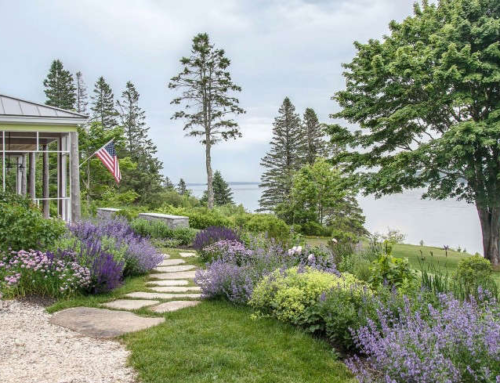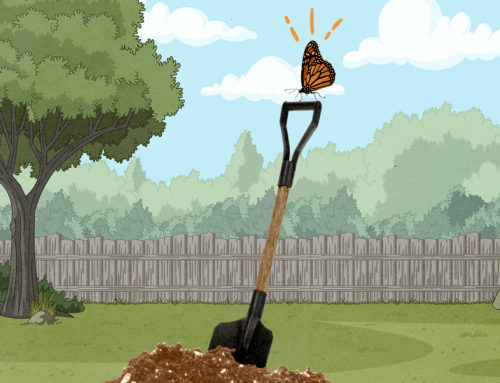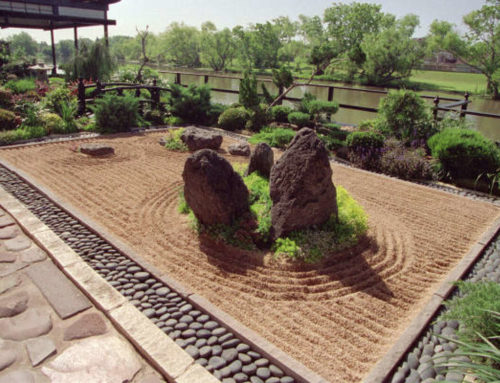Have you ever heard of food forests?
Faced with the health crisis of recent months, many have questioned the usefulness of using nature, and forests in particular, for food. At a time when the health and social crises have been affecting the most vulnerable populations, suggesting the development of food forests for the whole community in Santa Barbara can be seen as a much-needed idea.
There is no shortage of forests in the city of Santa Barbara and the surrounding area. As defined in an opinion piece in Santa Barbara Independent, “food forest landscaping is a blend of aesthetic landscape design, organic food production, and ecological science”. This combination creates great forest-like ecosystems that can produce a lot of food and create fantastic outdoor spaces that require very little maintenance and very little water. With a short supply chain and locally and organically grown products, the positive impact on your health and the environment is also undeniable.
This forest-like ecosystem can be also made at home. You might think that it’s just a vegetable garden but actually it is a full organic ecosystem with a variety of components such as trees, plants. Here are some tips on how to start yours :
1. Set a goal
You have to know exactly why you want to start a food forest. Whether it’s to have an income or to produce healthy food, knowing the reason beforehand is important. This allows you to be more efficient in your work and to make the right choices.
2. Watch the city’s food forests
In the city of Santa Barbara and its area, there are many food forests. By exploring and analyzing them, you may have some ideas for your home food forest. This is a very important step because if you want less work and maintenance as possible you need to focus on species that are adapted to your area.
3. Chose sustainable plants
As the goal of a home food forest is to be sustainable, the choice of plants is super important. Using perennials is a great choice as they live more than a year and provide a permanent ground cover that protects the soil from erosion and dry out. It’s also important to focus on plants that are native to your bioregion. Choosing plants that are not native would be counterproductive. Be aware of what species grow best in your area!



4. Analyze your landscape
Before taking the plunge, you need to be aware of what it’s possible to do on your site. Examine your soil, water situation, and wildlife to make sure you’re making the right choices. You can do it yourself or ask a specialist.
5. Choose a layout
You need to choose a layout that suits your site and goal. If you decide to create a food forest for commercial production, for example, you will need a savannah-type system with alley cropping and a silvopastoral system. On the other hand, orchards are for both commercial and home use whereas mid to late succession woodlands can be implemented in your backyard and offers the opportunity for the most complex and productive patterns of trees shrubs and herbs.
These are just a few suggestions to help you think about your own food forest. The list is not exhaustive but it gives you an insight into insight into what should be taken into consideration to reach a stable ecosystem. It’s your move! move!






Leave A Comment
You must be logged in to post a comment.